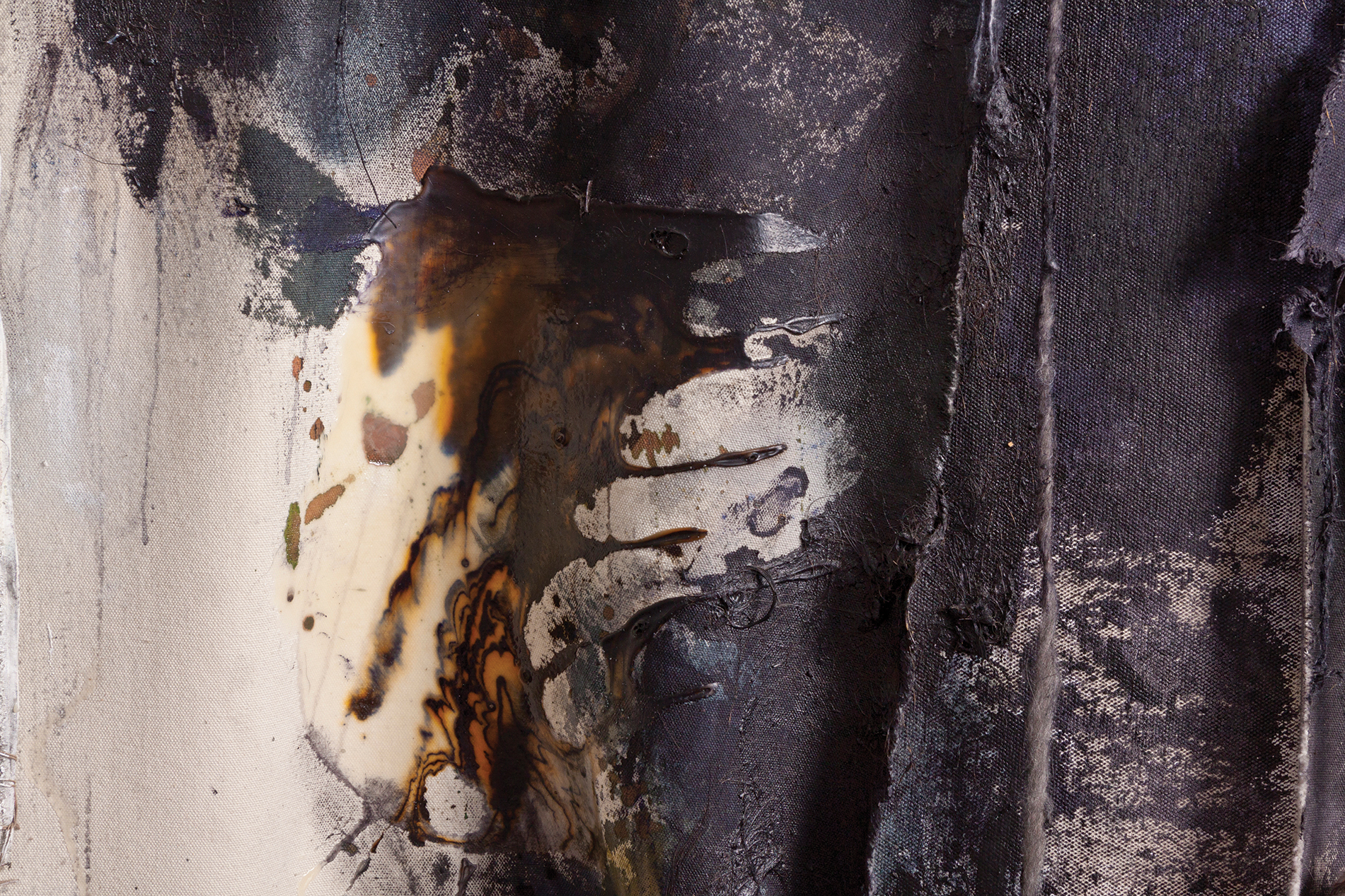Historically, melancholia has been associated with artists for their propensity to dwell pensively on the world around them. Printmaker Albrecht Dürer is an apt example of an historical artist who portrayed the melancholic state of being, as epitomised in his engraving titled Melancholia (1514). The work is an illustration of a figure in a melancholic state that, drawing on Hippocrates, was said to ‘form’ in the body by black bile and yellow phlegm. This figurative portrayal of the temperament is imbued with what Kristeva (1989) terms “downheartedness.” The figure’s gaze speaks of deep sadness and a longing for understanding, emotional states that have been used to describe melancholia, which is elusive to define and is often confused with depression.
Post-critical thinker and psychoanalytical theorist Jacques Lacan (1992) speaks about this melancholic state as a constant feeling of something lost and unreachable but melancholia, often linked to the colour black and to darkness, should not be mistaken for depression.
In my interpretation, the concept of melancholia calls for the dense layering of canvas, in different weights, placed close together and bound by a mixture of glue and textural substances (swept up hair, broken feathers, dust, ash, found materials and ‘muck’, mixed with glue and paint). The materiality of this body of work hinges on the intuitive selection of mainly found materials that, through their abject qualities, embody a sense of melancholia.
Kristeva, J. 1989. Black Sun: Depression and Melancholy. Translated by Leon Roudiez. New York: Columbia University Press.
Lacan, J. 1992. The Four Fundamental Concepts of Psychoanalysis. New York: W.W. Nortan & Company.
Detail of surfaces and painterly forms:



